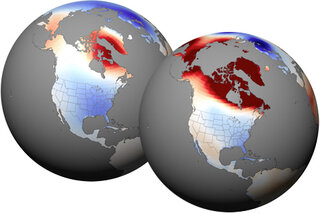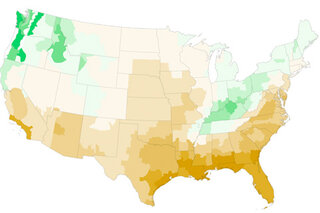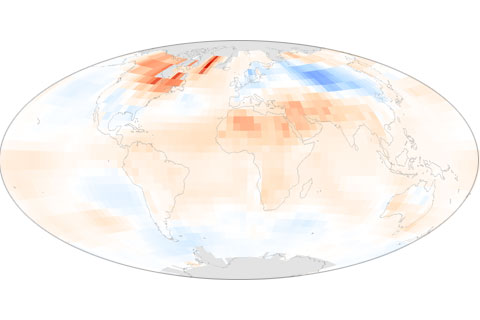
In 2010, global temperatures were marked by near-record warmth and strong natural variability. This is the first in a series of posts highlighting findings from the "State of the Climate in 2010" report.
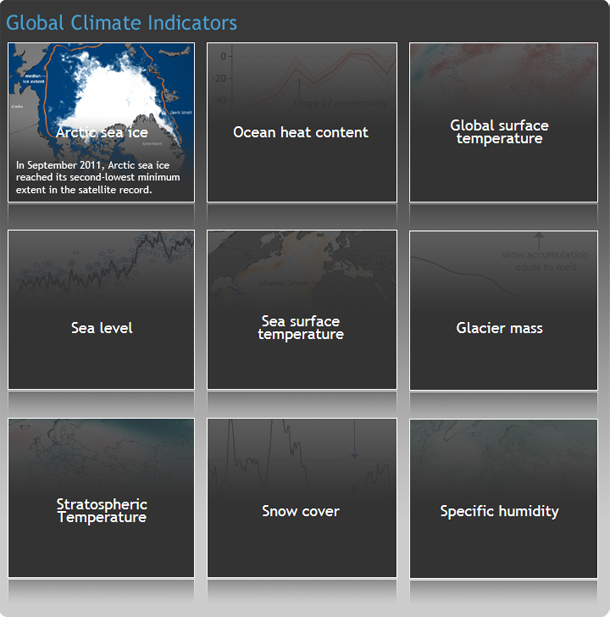
Image highlights form the 2011 State of the Climate report.
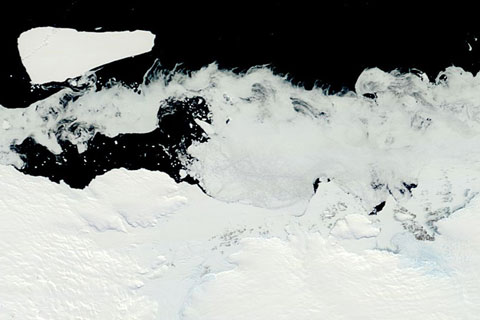
In the Arctic, an ocean is surrounded by continents, while Antarctica is continent surrounded by oceans. These differences in the arrangement of land and water contribute to differences in each polar region’s climate, oceanic and atmospheric circulation patterns, and seasonal and long-term sea ice patterns.
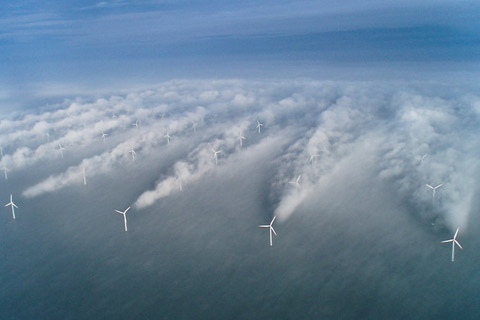
Normally invisible, wind turbine wakes come to life over the ocean, fascinating scientists who study winds in the lower atmosphere.
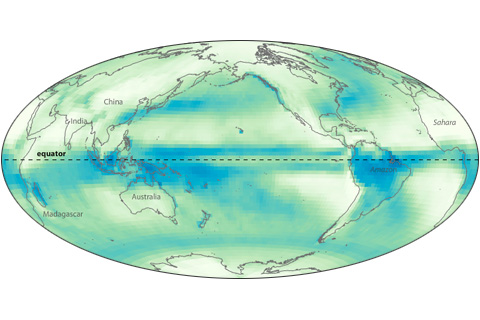
Near the Earth’s equator, solar heating is intense year round. Converging trade winds and abundant water vapor all combine to produce a persistent belt of daily showers known as the Intertropical Convergence Zone.
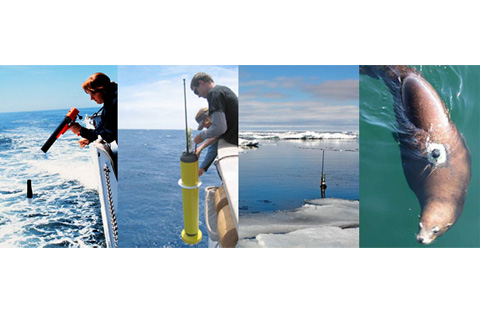
More than 90 percent of the warming that has happened on Earth over the past 50 years has occurred in the ocean. Not all of that heating is detectable yet at the surface
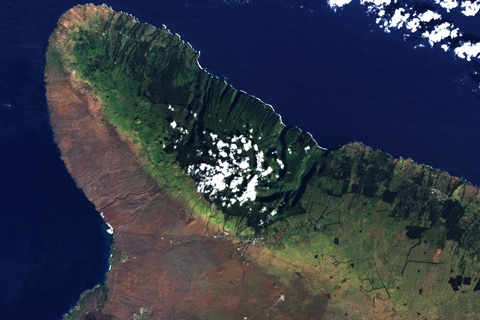
On Hawaii’s Big Island, prevailing Pacific trade winds from the northeast bring more rainfall to northern & eastern slopes, leading to dramatic differences in vegetation on different sides of the island.
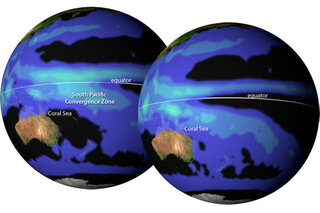
Early wet season deluge in Australia
December 31, 2010
